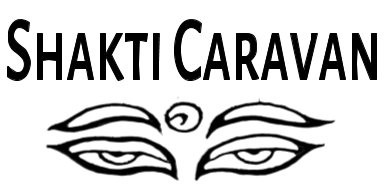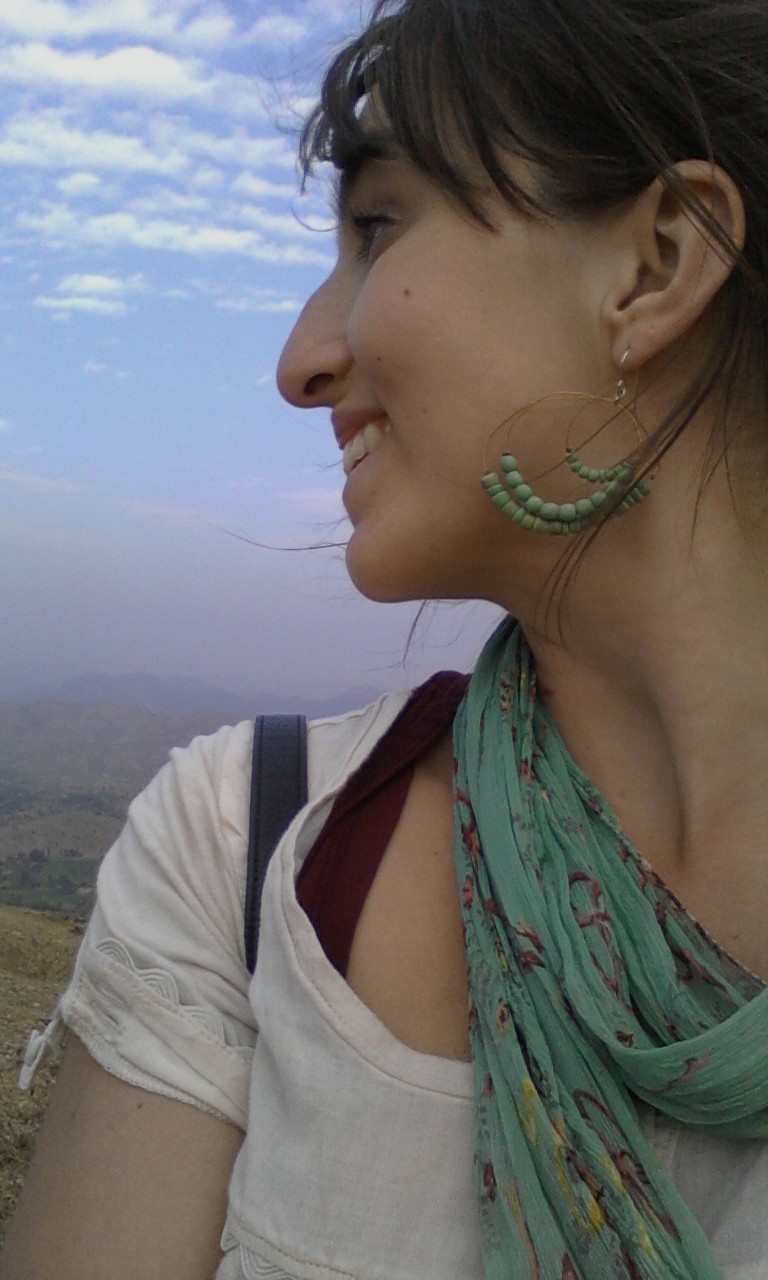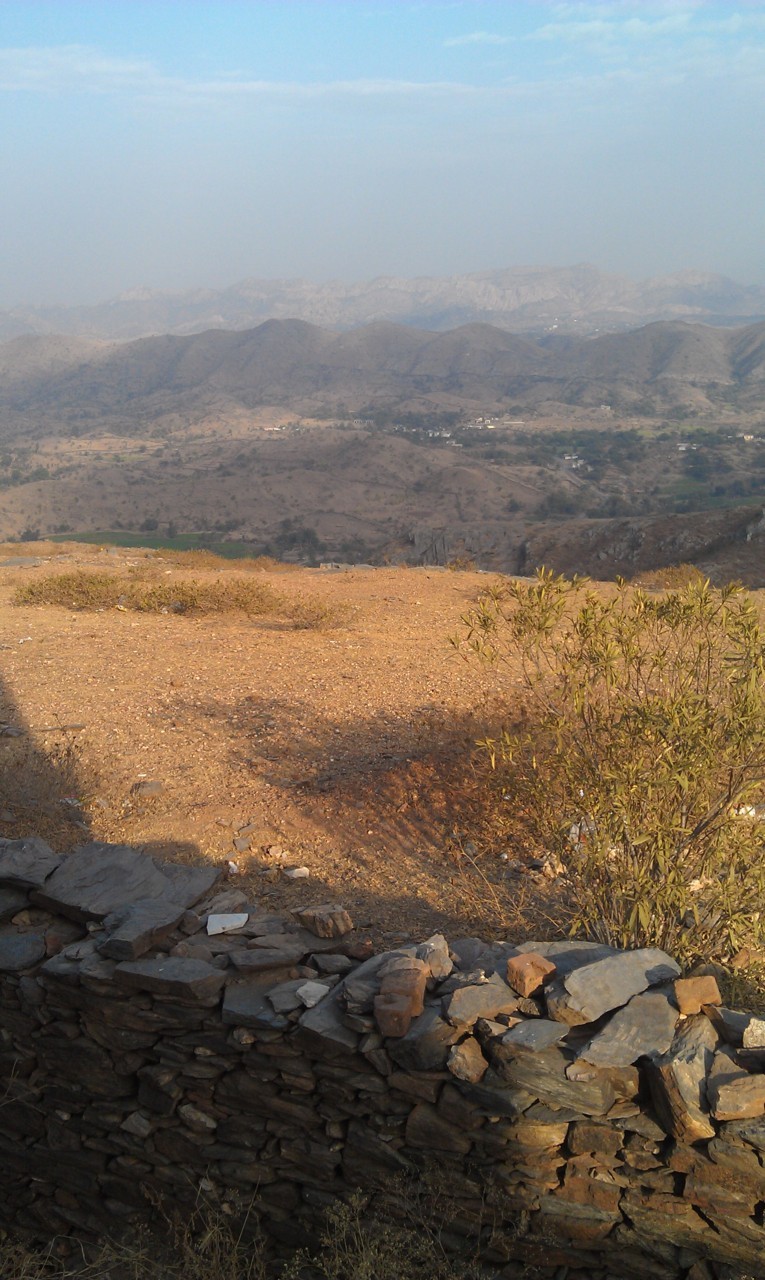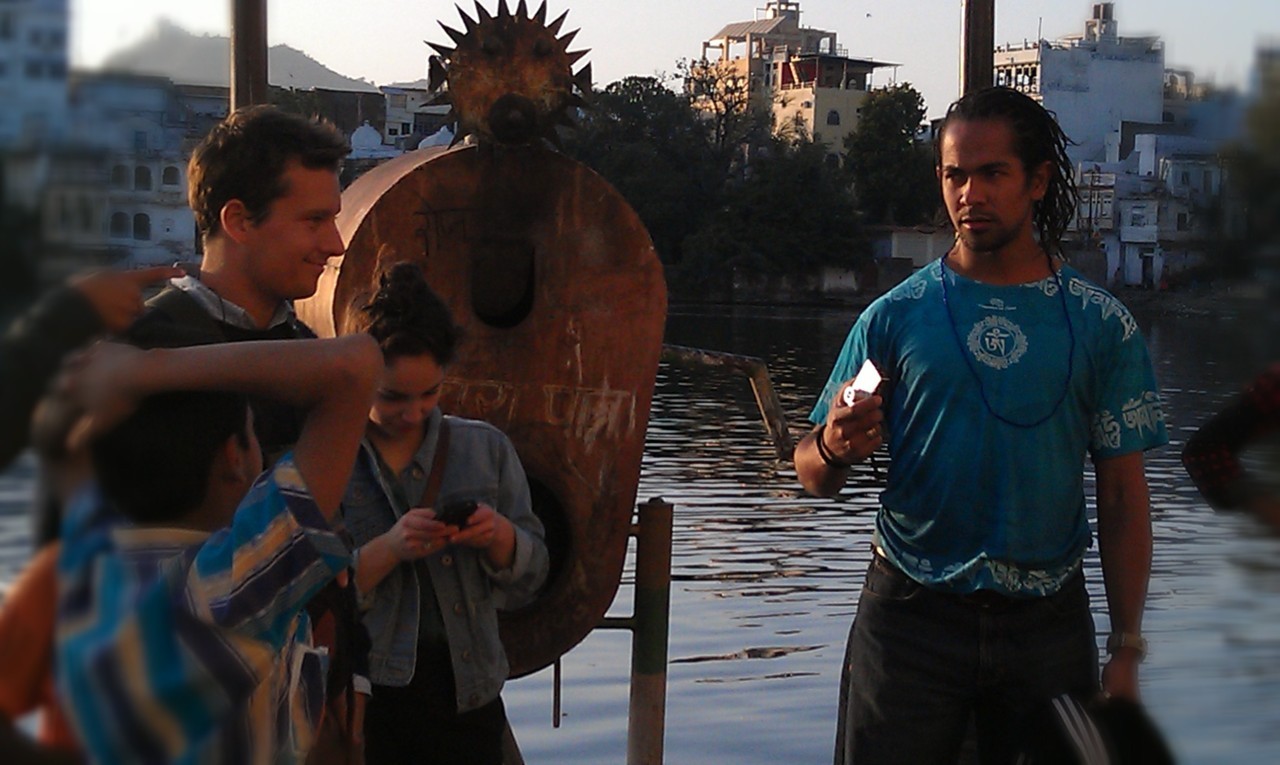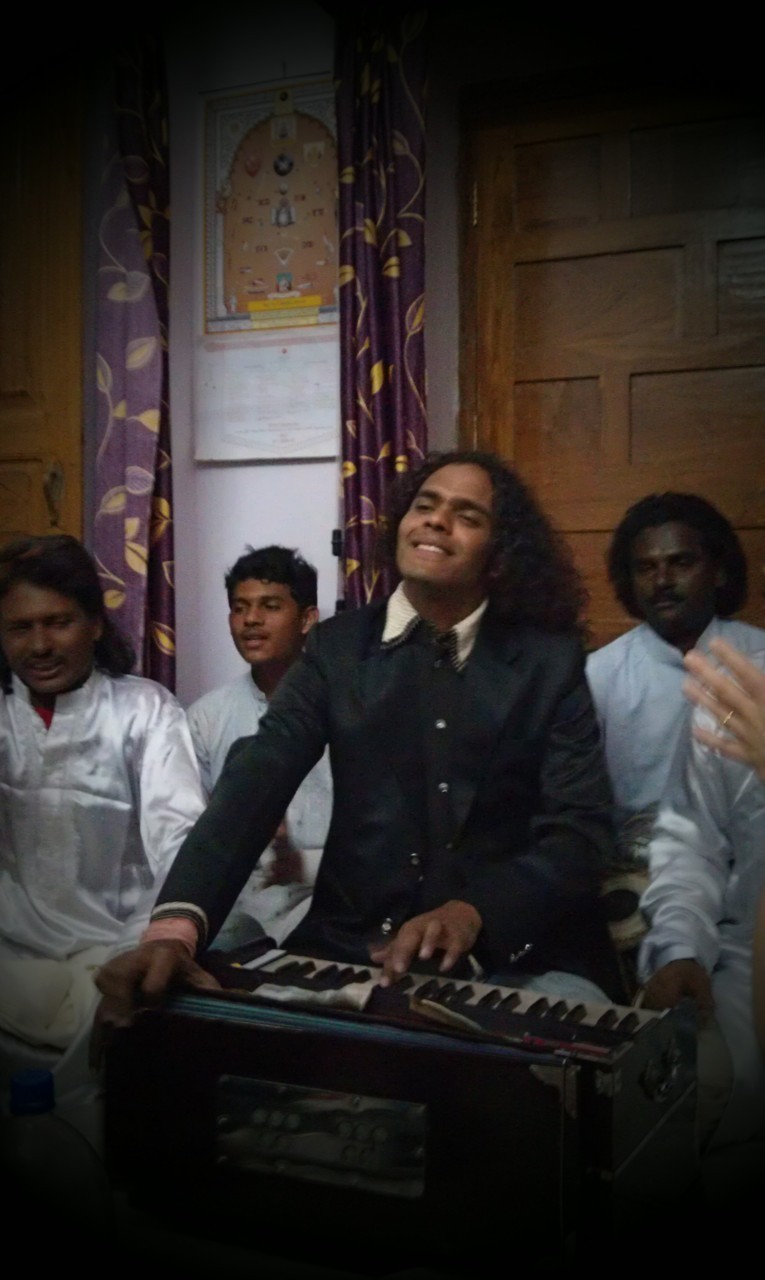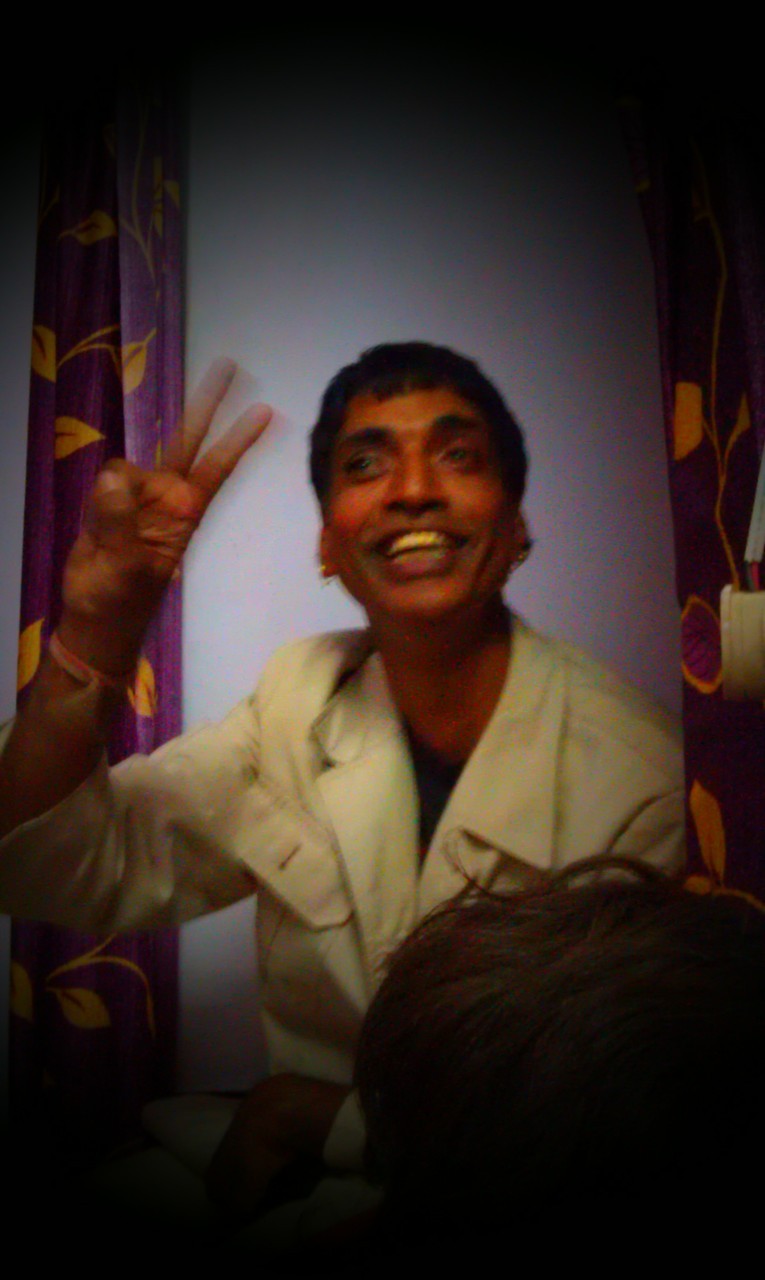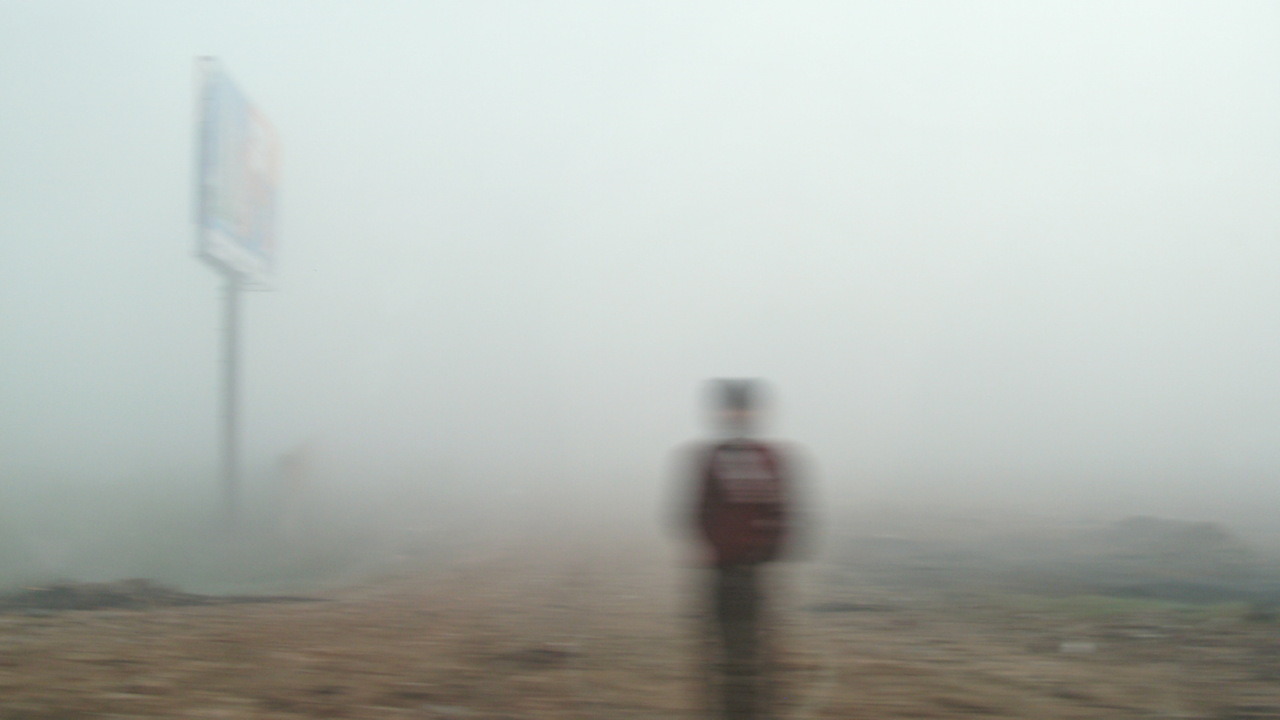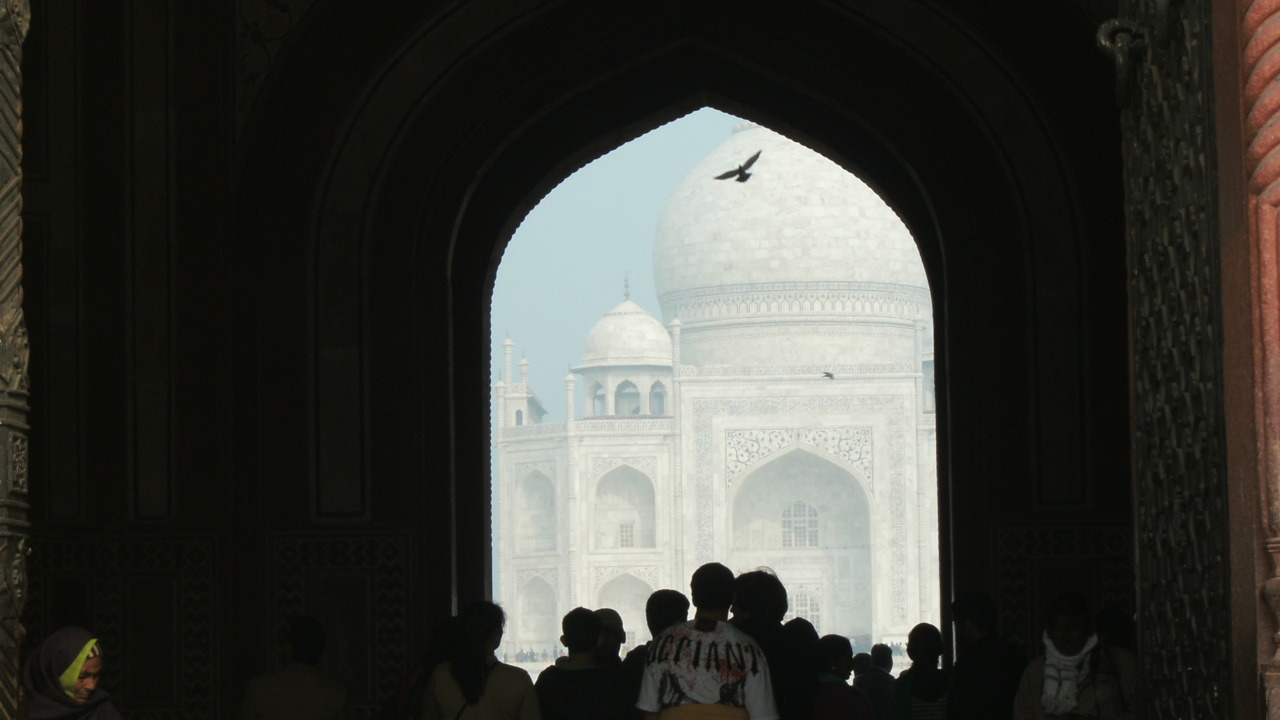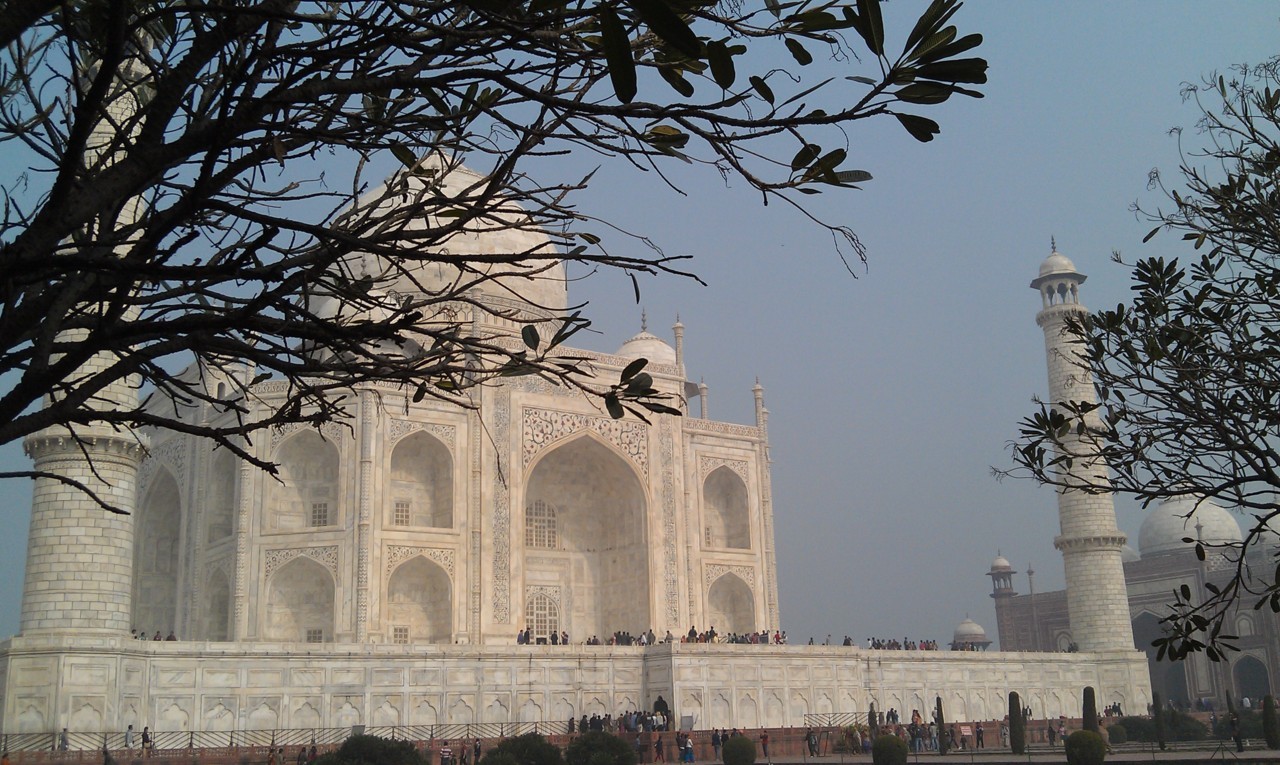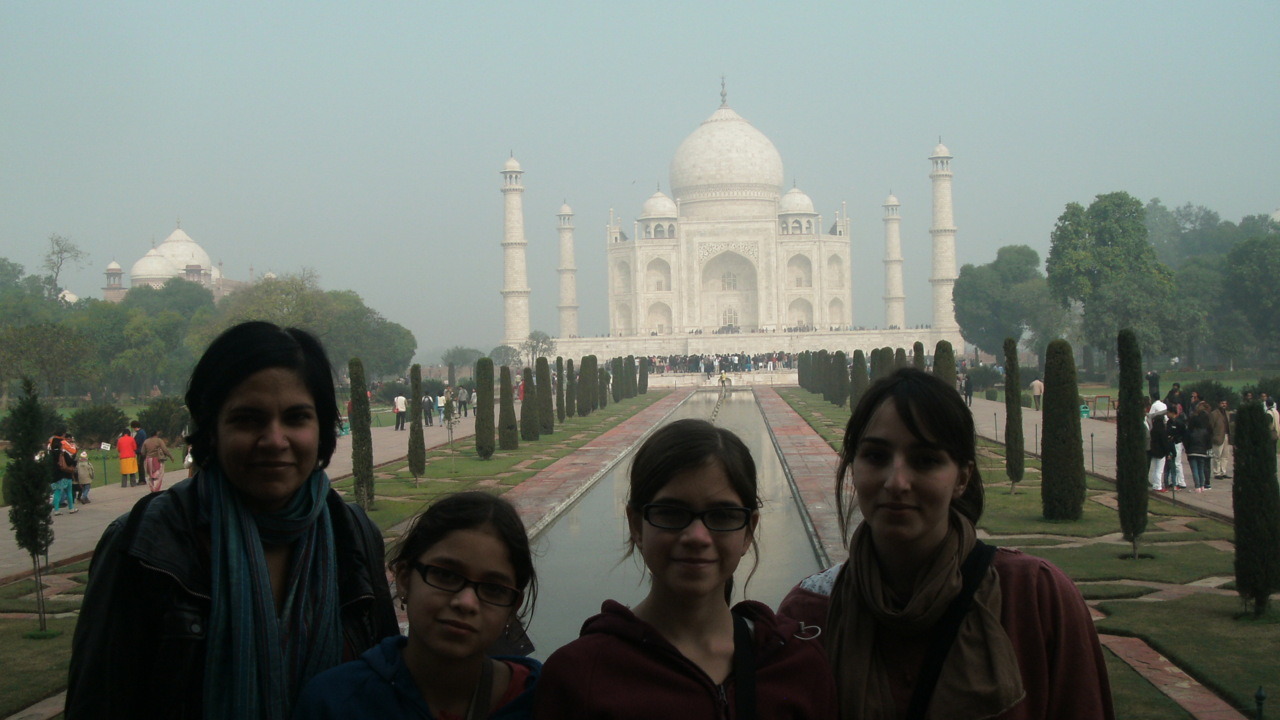Some thoughts on this weekend's goddesses
/We woke up at the crack of dawn yesterday morning and piled into our rickshaws, bleary-eyed and chilly. After picking up Laksme at his house in the old city, we caravaned out of the city to the temple of the local deity…. I can’t remember her name off hand, but I know she is a goddess of happiness. We got up out of curiosity and because we had promised Lakshme that we would go with him. Rita had told us that the priest of the this temple would summon the spirit of the goddess into his body as the sun rose and move in an unearthly dance. We arrived at the temple as the prayers were starting. Loud bells clanged around us, accompanied by the frenzied, tribal beat of drums played by little temple children.
The old temple priest had slept in that morning so it was another, younger priest, who led the prayer. He stood, holding a palm full of candles in the little sanctuary where the goddess statue stood. She was beautiful and scary at the same time. Golden-faced and misshapen. All around her were flowers, candles, and intricately colored tiles and mirrors, golden trinkets, bowls of ash, and burning incense. The priest swayed slightly, but did not summon the goddess into him. To be honest, I was a little bit relieved. The air around us was already static with a sort of magical, powerful energy and I’m not sure if I could have handled seeing a being possessed by a spirit in real life that early in the morning.
In front of the shrine, there was a … well, actually, it was a womb. Or the representation of a womb. It was a small carved archway, just high enough for you to crawl through. Lakshme happily scooted his way through, Gustavo and Ramona followed. I hung back for a few moments, worried that going through would somehow be disrespectful to a goddess I never prayed to. I am not religious, I don’t believe in God, but somehow, these Hindu gods shake me a little. There are over two million gods in Hinduism, each with a different, very specific story and purpose. Somehow, it’s not very hard to sort of just believe in these deities. It’s like believing in fairies or ghosts or spirits. And, naturally, I do believe in fairies. And I know, from fairy lore that you’ve got to be careful not to upset anything magical and otherworldly. I didn’t want to just crawl through this representational womb for kicks.
As I deliberated, I remembered something Madhu told me about Hinduism. She said that while there are many, many gods and goddesses, they are all really just various representations of one entity–that they exist to portray the countless aspects of humankind. I crawled through. And I thanked the goddess for all the happiness I have been surrounded by and filled with throughout my life.
When Lakshme contracted polio at age three–after receiving a faulty polio vaccine–his parents brought him to this temple everyday. They slept there, and prayed there. The priest, who was young then and now is old, rickety and toothless and sleeps in late, told them that the goddess was watching over Lakshme and that he would survive and go on to be one of the happiest people. He would make many friends and live a long life.
And he did just that. We sipped our chai around the sacred fire in open-air the temple and Lakshme beamed, telling us his story. “Life is so beautiful, isn’t it so? Mama Mia.” (Lakshme always says Mama Mia–it is his favorite phrase of all the languages in the world.)
Yep, Lakshme. It is so.
Yesterday, we banded together with a group of 5 Indian dancers that we’ve been training over the past few weeks. They revved their engines and we jumped on the backs of their motorcycles and flew. We flew through the winding roads, out into the country, zipping past monkeys and peacocks, skirting around cows and buffaloes, herds of tiny goats and ridiculous donkeys, waving at village children, beeping past trucks, stretching our arms out and screaming into the mountains, hills, and ravines. We rode up around a winding mountain, towards a temple at the top of a mountain.
As we reached the bottom of the mountain, we came across a group of about fifty college-age students, dancing to bollywood hip-hop in an ancient glade. Gustavo had been itching to “crush a party” so, off we went, into the throng of the party. Doing back-flips, and hip hop and afro-brazilian capoeira choreography. The crowd lost it. They swarmed us, taking pictures, surrounding us as if we were high class celebrities. I guess, when eleven dancers show up randomly on motorcycles at your giant college picnic and start immediately performing perfectly synchronized choreography to the music that you happen to be playing, it makes sense that you’d lose it. Still, it was surreal.
Eventually, we peeled ourselves away from the partiers and headed, on foot, up the mountain. It’s not that the view from the top of this mountain is indescribable…it’s just really, really hard to describe. It’s that type of natural, powerful beauty that you only find when you’re standing on the top of a mountain looking down at the rest of the world. This goddess temple is carved into the top of the mountain. You walk through a shallow pool of ice cold water and enter into a pitch black, tiny, narrow tunnel, just big enough for you to fit one-by-one. In the center of the mountain, there is a shrine. We sat and prayed to the goddess and the priest with the flashlight gave us each little goddess sashes, which we wore the entire way back. Tossing them back and forth on the zooming motorcycles. Holding each other’s hands as we flew down the mountain, zigzag-zigzag. I think I can say, in all fairness, that I have never felt more alive.
I seem to be moving backwards here. On Saturday we went to the old city, to our favorite lake-view patio. Gustavo had it in his mind to play his Birimbao (a brazilian instrument) with the old man who plays the the ravanhatta (see video below). Here we stumbled upon the two little goddesses I’d met earlier, along with a gaggle of cows, and a smattering of other adorable little urchins. RJ, our photographer, immediately befriended the children. As he sat on the ground and they crawled all over him, giggling and squeaking, Rita told me and Ramona the story of those two little goddesses. Their parents died. One of them is actually a boy and they dress up every day to make money off of tourists. Like many of the homeless children in the city, they have been sexually harassed countless times and will likely end up as prostitutes like the young girl with the baby standing over RJ’s shoulder, fascinated by his iPhone, begging for just a few rupees to feed her and her baby.
What do you do with that?
How do you grasp the gravity that sort of reality? Truths like this have a weight to them that I don’t understand. None of us do. We stood there and discussed this soberly, and none of us knew where to go with the information. I gave them each ten rupees and told them, in Hindi, that they were very beautiful. The young goddesses scampered off again and the young girl with her baby gave me a smile with so much relief in it, it hurt.
Life is as profoundly sad as it is beautiful and happy, Lakshme. Mama Mia.
